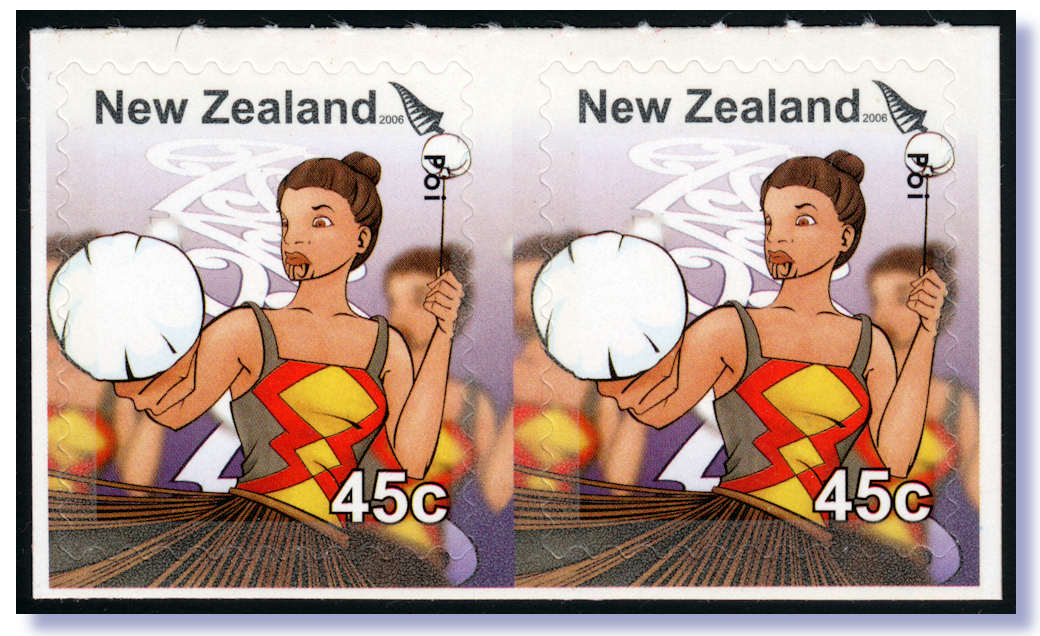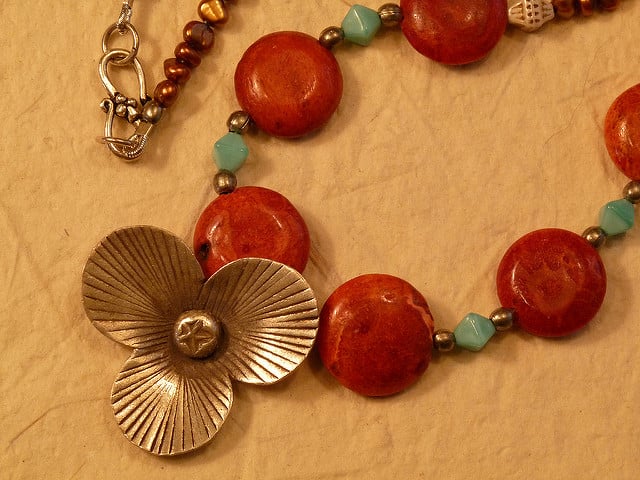Silver Seas High Society Rarest

Silver Seas High Society Rarest List
Arrow-down arrow-left arrow-right arrow-up chevron-up chevron-left chevron-right chevron-up close comment-new email-new fullscreen-close fullscreen-open gallery grid headphones-new heart-filled heart-open map-geolocator map-pushpin Artboard 1 Artboard 1 Artboard 1 minus ng-border pause play plus print replay screen share facebook github Artboard 1 Artboard 1 linkedin linkedinin pinterest pinterestp snapchat snapchat2 tumblr twitter vimeo vine whatsapp speaker star-filled star-open zoom-in-new zoom-out-new.
Find album reviews, stream songs, credits and award information for High Society - The Silver Seas on AllMusic - 2007 - Rock has come roaring back in recent years, and&hellip. This feature is not available right now. Please try again later.
Coral Value, Price, and Jewelry Information CORAL: South China Sea (red carving 4 inch tall). Photo ©, PhD, FGA.
Used with permission. Coral is the external skeleton of a tiny, plantlike animal called the coral polyp. It lives in warm oceans in all tropical areas of the world.
Although these creatures are only one millimeter in length, they grow as a colony on top of each other for generations. The resulting structures can be quite massive. Coral growths come in many shapes. The coral commonly used to make gems is branched and treelike. The largest sections of a coral's trunk are used for carvings.

Most coral is cut into or made into a variety of shapes for use in necklaces. Coral Value Coral values are based on hue, saturation, size, cut, and polish. Top values for calcareous coral go to red, pink, and orange pieces.
Other colors are graded separately. Highest values for conchiolin coral go to black, then brown. Gold color has additional value, especially if it shows a sheen. When polished, the color may shimmer through a transparent layer.
Coral can be quite valuable. The determining factors are the size and color of the piece as well as the skill of the artist. Koi fish carved from coral and rock, on display at the Taipei 101 tower, Taiwan, by is licensed under The International Gem Society (IGS) has a list of businesses offering. Data Value Name Coral Hexagonal (R). Calcite coral, 1.69 and 1.49, not usually measurable.
Conchiolin (black coral) has RI of 1.56. White, flesh pink, pale to deep rose red, salmon pink, red to dark red, blue (rarely), black.
May be banded or zoned and show a cellular structure. Dull to vitreous.
Waxy, dull, vitreous Dull Splintery, uneven 3.5-4 Good to fair 2.6-2.7. Note: Black coral, composed of conchiolin, is 1.34. 0.160 None Heat Sensitivity Sensitive Pale violet or dull purplish red. Not diagnostic Semitransparent to opaque Low surface sheen on gold coral Formula Calcareous coral, made primarily of calcite: CaCO 3 Conchiolin coral, made primarily of conchiolin, an organic protein: C 32H 48N 2O 11 Etymology From the Greek korallion. Beadwork necklace with red, marble stones, and gold pendant, by is licensed under Comments The gem use of began before recorded history. The ancient Greeks, Romans, and Native Americans used red, pink, and white corals extensively. Deep red, bright pink, and clear white corals were highly prized.
Inland cultures far from the sources of coral would trade for these resources. Tobacco pouch made from leather, silver, bronze, coral, and, by Vassil. Public Domain. Although black and gold coral are relative newcomers to northern cultures, they have long been used as gem material in their native territories. They are found primarily off the coasts of Hawaii and Cameroon. Akori corals from Cameroon were highly prized before the eighteenth century.
Hawaiian gold coral is the rarest gem coral variety and harder than other varieties. It was first described scientifically in the 1970s. The harvesting of this gem material, however, is currently due to environmental considerations. From the through the, corals were very popular jewelry stones. Detail from an antique French rosary cross, by is licensed under The best red corals come from the Mediterranean. Most of the Mediterranean material is worked in Italy, but much is also sent to Hong Kong for cutting.

Conversely, Italy is also a major buyer of Taiwanese material. Large quantities of white, pink, mottled, and oxblood corals from the South China Sea are cut in China and Taiwan. Bali silver, coral coins, and bronze, by is licensed under Although coral reefs are more commonly found in tropical areas, they can occur in colder, deeper water, such as those found to the west of. Corals are becoming rare. Their harvest is restricted in most parts of the world. Be aware that any raw material you are offered could be illegal to possess. Coral Varieties There are two types of coral.
Calcareous corals are composed primarily of calcite and come in whites, reds, and pinks. Conchiolin corals are composed of conchiolin, the same substance found in pearls and other shells. They come in black, brown, and gold colors. The conchiolin type is tougher and less brittle than the calcareous type. A close relative of conchiolin corals is the rare blue coral. The hues are very nice, but the saturation is low, so these pieces tend towards gray shades. By is licensed under Identifying Characteristics.
Calcareous: wavy, fibrous structure, cavities from polyps, high spot birefringence. Conchiolin: concentric, circular growth pattern (“tree rings”), white crescents in cross sections of branches. Synthetics In the 1970s, developed to help protect the natural variety from destructive harvesting. This imitation red and pink coral has a (SG) of 2.44. This is always lower than natural red and pink material. This synthetic has weak and lacks natural structure. Under high magnification, you can see a fine granular texture.
Plastic imitations can be identified through. These procedures should only be done by a professional. Enhancements are common treatments for coral. Dyeing is used to improve or even changing color. The new color may fade. This process can be identified by magnification or a solvent test.
The addition of dyes may produce. Bleaching produces gold coral from black. This is a stable treatment. This process can be identified by magnification (which reveals a different texture) and lower SG and values. Sources Throughout the Mediterranean and Red Sea areas. Australia; Cameroon; Hawaii; Ireland; Japan; Malaysia; Mauritius; South Africa; Spain; Taiwan Stone Sizes Branches may be several inches to several feet long but aren’t always thick.